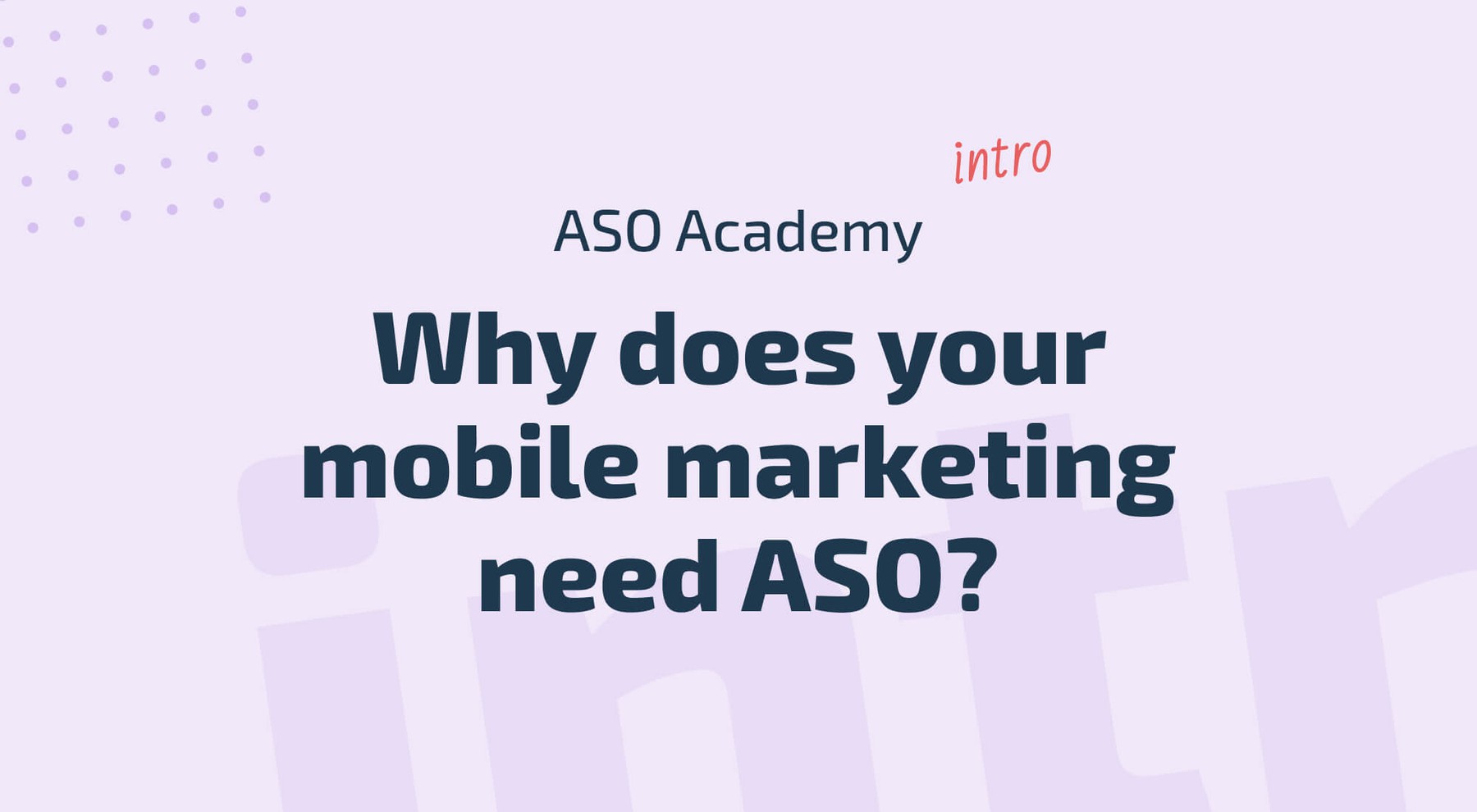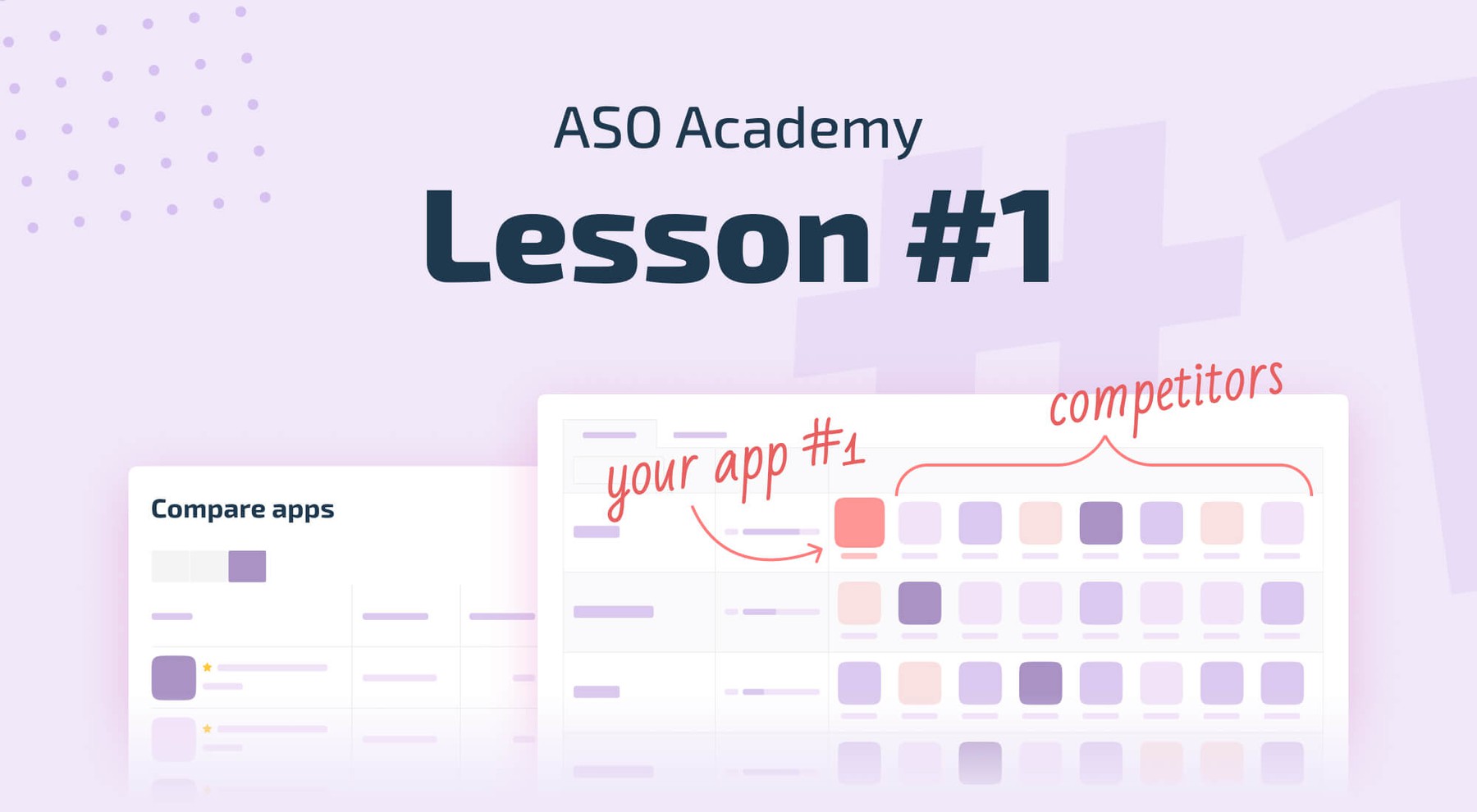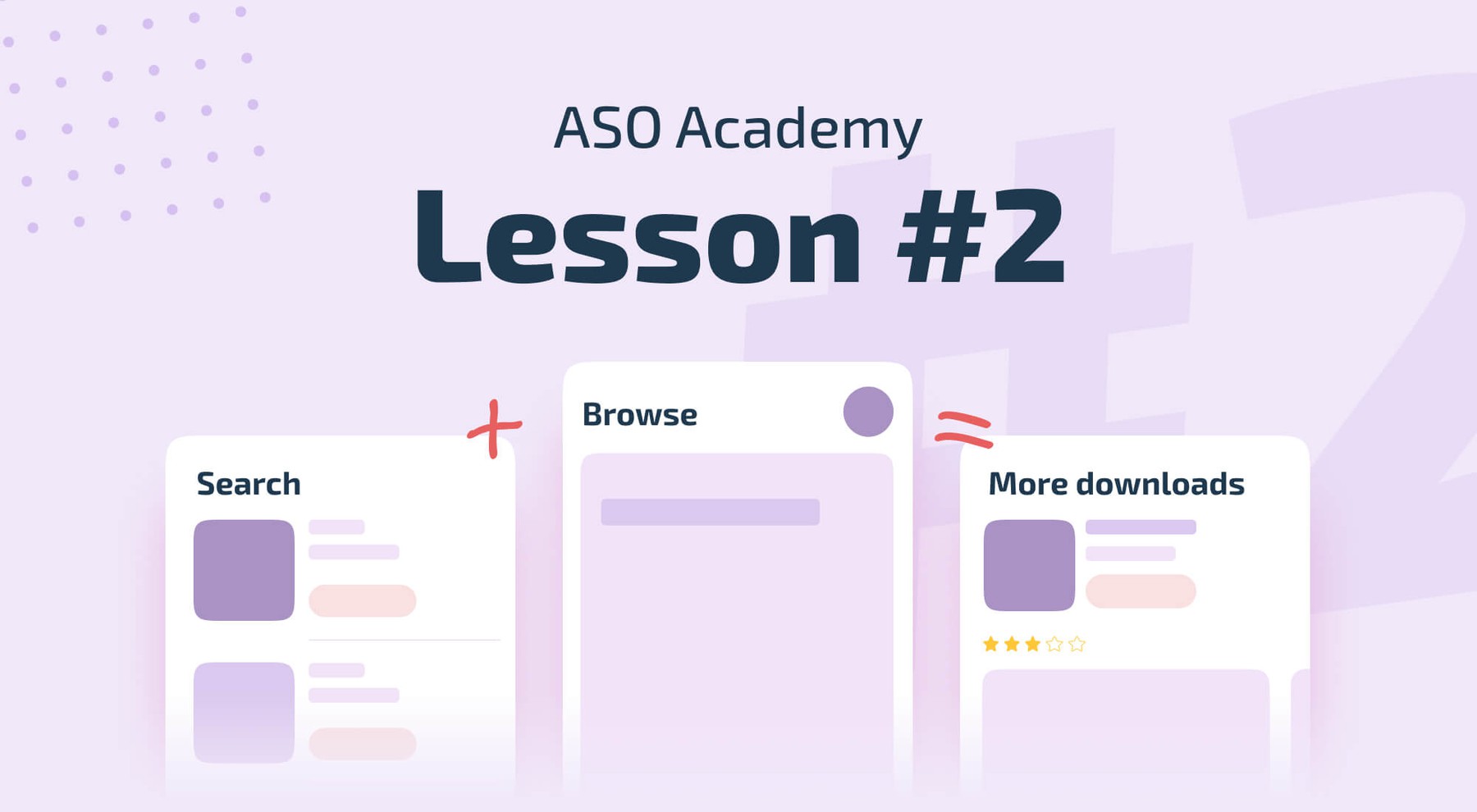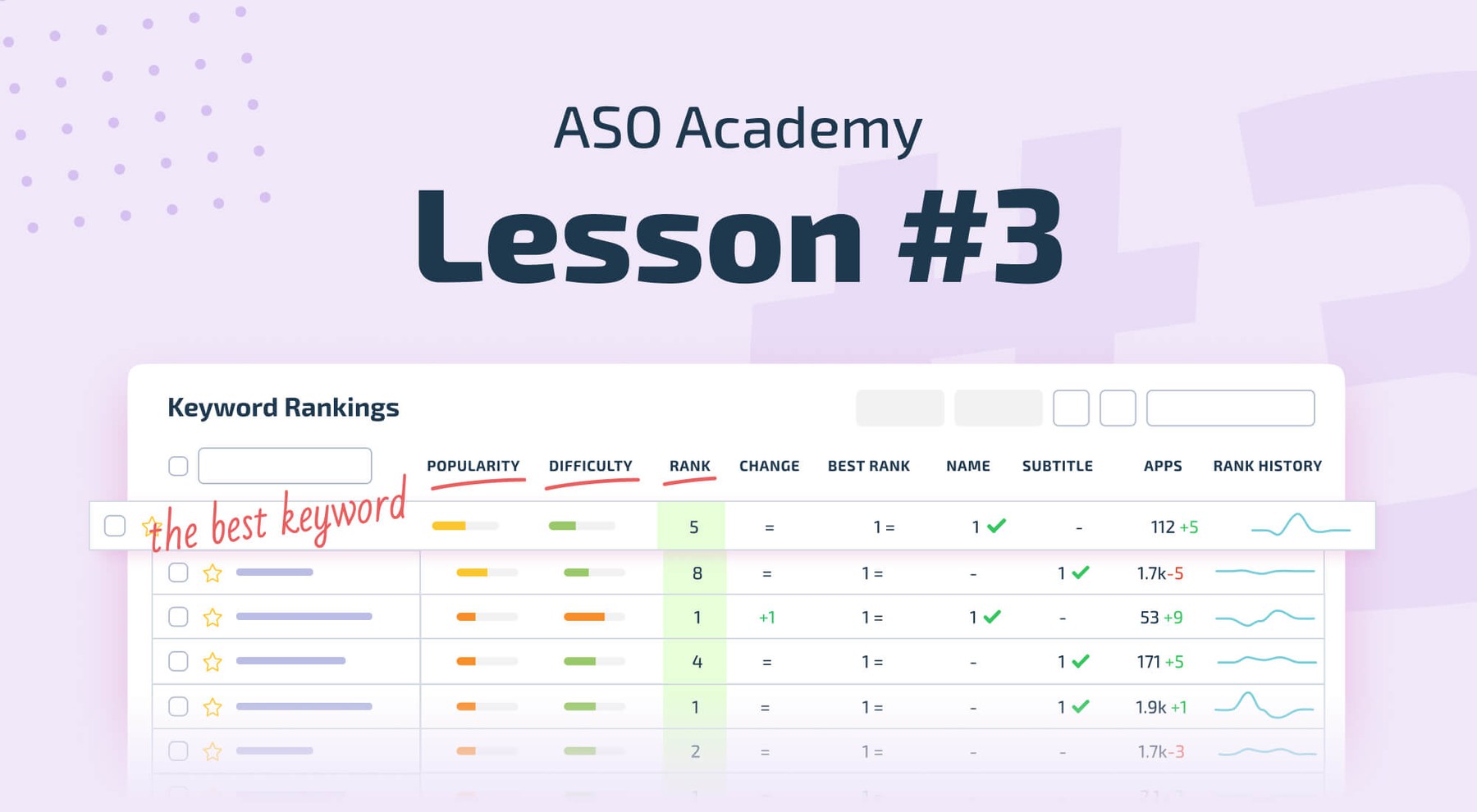Why you need ASO in 2023, and how to start

Any good product out there aims to solve user problems and generally make life easier, this is the main trigger that brings revenue to the developer. To get it, two important metrics must grow: user base growth (app downloads) and user retention (daily active user - DAU). So long as these two metrics see growth, it doesn’t matter what kind of a monetization model an app developer uses: ads monetization, subscriptions, or in-app purchases.
Getting new users onboard can be done in a myriad of different ways, whichever suits your strengths better: paid traffic channels, PR, offline activities, bloggers and KOLs (Key Opinion Leaders), and, of course, organic promotion - App Store Optimization (ASO). The share of these channels in the overall marketing strategy depends on your allocated budget (ideally reducing app marketing costs) and the capabilities of each product you’re looking to promote
In this Academy lesson, you will learn what is ASO and how to increase organic downloads of your apps, as a part of Android or iOS app marketing strategy:
- Learn how to acquire the most valuable users in terms of LTV or conversion to target action;
- Understand the importance of optimizing an app page and what impact it has on all traffic sources.
So what is ASO, and why is it important to integrate this process into a mobile marketing strategy?
Let’s focus on why a developer should pay attention to organic traffic when there are lots of opportunities to promote an app via ads.
Many developers still think the only "promotion" they can do is to use paid acquisition channels: Facebook, Google Ads, TikTok, Apple Search Ads, cross-promotion, etc. It is not necessary to pay for each and every install. Let them come to you instead. App Store Optimization is used to promote an app directly in the app stores: App Store, Google Play, , and many others.
The big part of ASO is increasing search visibility through text optimization. In fact, the area of responsibility of an ASO-specialist is much wider. For example, boosting conversion rate (by optimizing graphic assets of an app page) affects all of your traffic channels. Your average app rating directly influences the number of installs. The above-mentioned are the responsibility of an ASO specialist, which makes ASO a crucial part of every app marketing.
In brief, the biggest challenge for an ASO specialist is to find the balance between relevance and popularity.
Here's an example of how it works:
Imagine you have a food delivery app: you sell donuts, cupcakes, and cookies. Summer comes and it's getting hot outside. Now more and more customers are looking to buy an ice-cream. You notice that, and decide to adapt your delivery service to the customers' needs. You update the metadata of your app and add a new "lightning-fast ice cream delivery" tagline and a screenshot with an appealing image of a fruit ice-cream cone. However, your service still delivers donuts, cupcakes, cookies, but not ice-cream.
What's the result? Your offer is highly popular and appealing, but your apps’ content is not quite relevant to this offer. See how the metrics change: the number of impressions/page views/installs will grow, but hardly anyone will buy your donuts. That’s not what the user came for. So the first-day retention is 1%, the app rating falls to 2 stars or lower due to a huge number of negative reviews. See this case from another perspective: your app may have something new, and your app store page doesn’t reflect it. Thus, you miss out - how can your potential users possibly know about a cool new feature or service otherwise?
For many apps (both for iOS app marketing and Android app marketing), ASO is not the only way to promote, and there are many factors that influence the approach to optimization (brand size, application type, etc.). It is important to find a balance and take into account the app marketing plan and product activities, combining them into a holistic strategy, where ASO will not be limited to mere "work with the keywords."
Even if you do not have a dedicated specialist in your team or are not ready to invest millions in advertising, you should work with organic traffic. Check out this simple mobile app marketing strategy scheme to get started with:
- Study the market and your competitors.
- Select relevant keywords and text.
- Work on your graphic content.
- Analyze your product's reviews and average rating.
- Publish the changes.
- Wait a while and then evaluate the results.
- Generate ideas about what you'd like to change next.
- Iterate next.
In next AppFollow academy articles you will learn more about:
How to find and prioritize optimal keywords for your next metadata update
Got feedback or need help with ASO? Shoot us a message. We will be happy to hear from you, guide through ASO best practices, and share our expertise in mobile app marketing services.






